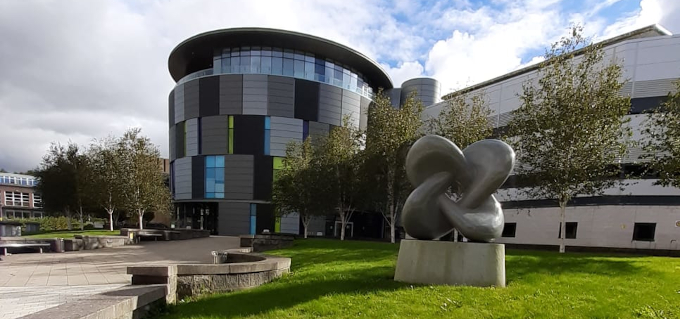Yorkshire Durham Geometry Day 2022
Department of Mathematical Sciences at Durham University

Yorkshire Durham Geometry Days
The Yorkshire and Durham Geometry Days (YDGD) are jointly organised by the Universities of Durham, Leeds, and York and occur at a frequency of three meetings per year. Financial support is currently provided by LMS Research Grant Number 32225.
This iteration will take place at the Department of Mathematical Sciences of Durham University on 7 December 2022.
Speakers
- Mauricio Che (Durham)
- Rhiannon Dougall (Durham)
- Martin Kerin (Durham)
- Kohei Suzuki (Bielefend and Durham)
The talks will be in room L 50 (Psychology), from 1 pm - 3 pm, and in room MCS 2068 (Mathematics & Computer Science), from 4:30 pm - 6 pm.
We will meet at 12:30 pm in the Mathematics and Computer Science building lobby and then go to the Psychology building (a short walk from the MCS building).
At 3 pm the mathematics departmental colloquium will take place in the Scott Logic Theatre in the MCS building. The speaker will be Michael Magee.
Organisers
John Bolton, Fernando Galaz-García & Wilhelm Klingenberg, Durham University.
Derek Harland & Gerasim Kokarev, University of Leeds.
Ian McIntosh & Chris Wood, University of York.
Recordings of past Yorkshire Durham Geometry Days are available at Durham's Department of Mathematical Sciences YouTube Playlist.
